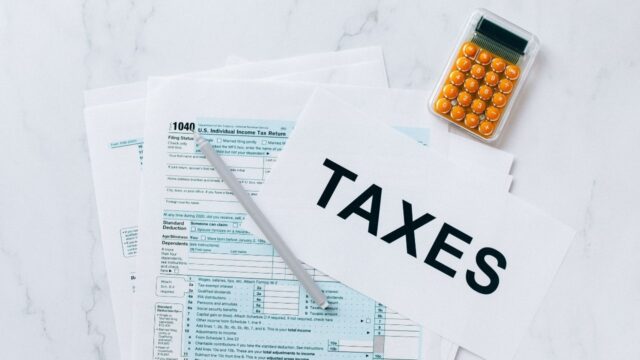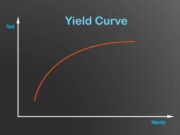
What is a Tax Clawback Agreement
A Tax Clawback Agreement is an agreement between a taxpayer and the IRS in which the taxpayer agrees to repay any tax benefits that were received in error. The agreement is used to recover overpayments of tax credits or refunds, and to prevent future errors from occurring. The agreement is usually signed when the taxpayer has filed an amended return or claimed a refund that they are not entitled to. By signing the agreement, the taxpayer acknowledges their responsibility to repay the overpayment, and agrees to cooperate with the IRS in resolving the matter. The Tax Clawback Agreement is a legal binding contract, and taxpayers who fail to adhere to the terms of the agreement may be subject to penalties and interest charges.
What are the benefits of a Tax Clawback Agreement
There are many benefits to having a Tax Clawback Agreement in place. First, it provides clarity and certainty for both the taxpayer and the government. Second, it helps to avoid disputes and litigation. Third, it can help to improve compliance with tax laws. Finally, it can provide relief from interest and penalties. A Tax Clawback Agreement is a contract between the taxpayer and the government that sets out the terms of the agreement. The agreement should be drafted by an experienced tax lawyer to ensure that it is enforceable.
What are the requirements for a Tax Clawback Agreement
Under a Tax Clawback Agreement, an individual or corporation agrees to repay tax incentives or refunds that were received due to errors or misrepresentations on their tax return. The agreement is between the taxpayer and the Internal Revenue Service (IRS), and is used to resolve cases where the taxpayer owes money to the IRS. The requirements for a Tax Clawback Agreement are as follows: the taxpayer must have received a tax incentive or refund that was improper; the taxpayer must have filed a false or misleading tax return; and the taxpayer must agree to repay the amount owed, plus interest and penalties. If these requirements are met, the taxpayer will be required to sign a Tax Clawback Agreement and may be subject to additional penalties if they fail to repay the money owed.
How to set up a Tax Clawback Agreement
It should set forth the terms of the repayment plan, including the amount of time the taxpayer has to repay the taxes and the interest rate that will be charged on the unpaid balance. The agreement should also specify any penalties that will be imposed if the taxpayer fails to make a payment or defaults on the agreement. Once the agreement is in place, taxpayers are required to make regular payments until the debt is paid in full. Taxpayers who enter into a Tax Clawback Agreement should be aware that they may be subject to an audit by the IRS at any time during the repayment period. As such, it is important to keep accurate records of all payments made under the agreement.
How to claim your clawed back taxes
If you think you may have overpaid your taxes, you can file a claim with the IRS to get a refund. The process is relatively simple: first, fill out a Form 1040X, which is the “Amended U.S. Individual Income Tax Return.” Then, attach any supporting documentation that you have, such as receipts or canceled checks. Once you have everything in order, mail your Form 1040X to the address listed on the form. The IRS will then review your claim and issue a refund if they determine that you are owed money. Remember, you must file a claim within three years of the original tax return in order to receive a refund. So if you think you overpaid your taxes, don’t wait – file a claim today!
When is the best time to sign a Tax Clawback Agreement
Tax clawback agreements are usually signed when an individual or company wants to avoid paying a large tax bill. Often, the best time to sign a clawback agreement is before any taxes are due. This way, you can avoid paying interest on the amount owed and may even be able to negotiate a lower rate. However, it’s important to make sure that you can actually afford the payments before signing anything. Otherwise, you could end up in even more debt. If you’re not sure whether a tax clawback agreement is right for you, it’s always best to speak to a professional accountant or tax lawyer. They will be able to advise you on the best course of action.
The pros and cons of a Tax Clawback Agreement
A Tax Clawback Agreement is an agreement between a taxpayer and the IRS that allows the taxpayer to pay a lower tax rate in exchange for agreeing to pay a higher tax rate if their income increases above a certain amount. The main advantage of a Tax Clawback Agreement is that it can help taxpayers to save money in the short-term. In addition, it can provide some certainty for taxpayers who are concerned about future tax hikes. However, there are also some disadvantages to consider. First, by agreeing to a Tax Clawback Agreement, taxpayers may be forfeiting the opportunity to receive a lower tax rate in the future if Congress lowers taxes. Second, the IRS may audit taxpayers more closely if they believe that the taxpayer is not complying with the terms of the agreement. As a result, taxpayers should carefully consider the pros and cons of a Tax Clawback Agreement before entering into one.How to get out of a Tax Clawback Agreement
What to do if your Tax Clawback Agreement is unfair
If you believe that your Tax Clawback Agreement is unfair, there are a few things you can do. First, you can try to negotiate with the CRA. They may be willing to review your case and make adjustments to the agreement. If you are unable to reach an agreement with the CRA, you can file an appeal with the Tax Court of Canada. This is a formal process, and you will need to provide supporting documentation for your appeal. Finally, you can also consult with a professional tax advisor to discuss your options and determine the best course of action for your situation.


































